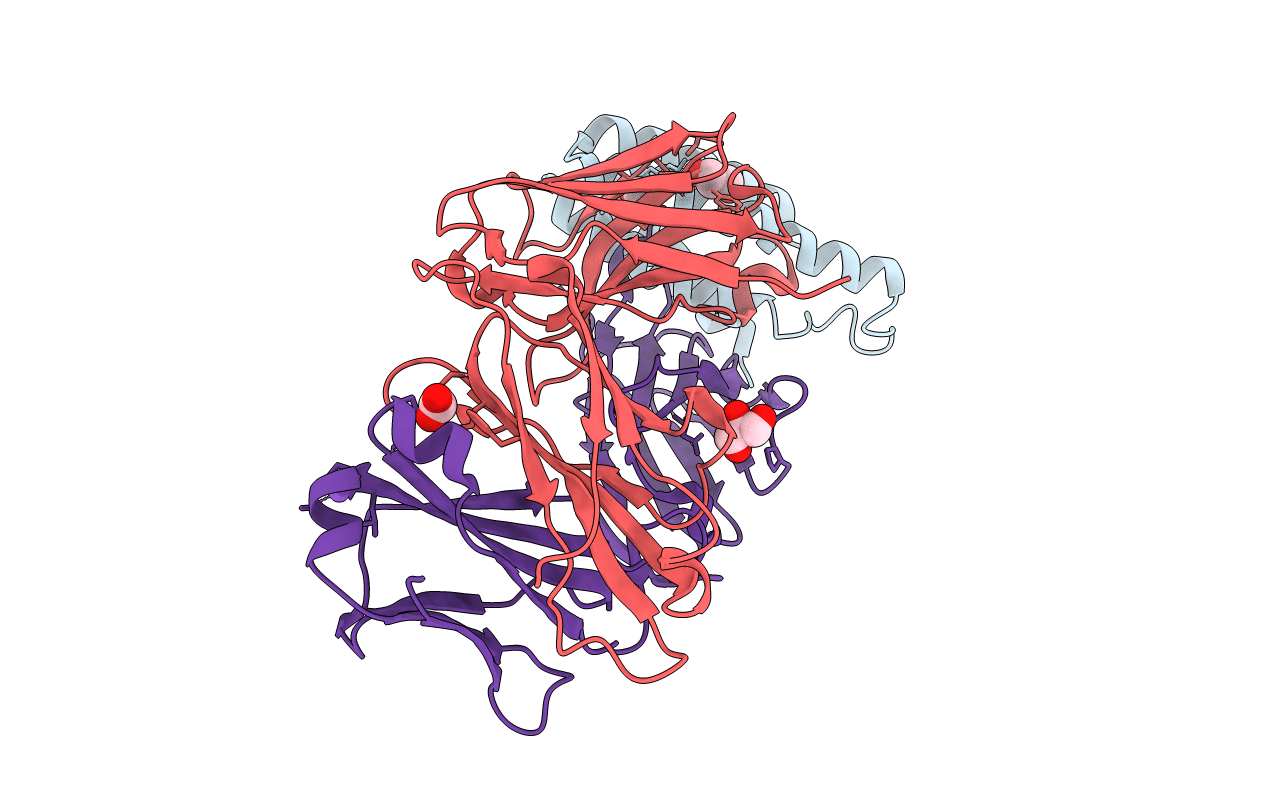
Deposition Date
2018-02-05
Release Date
2019-02-06
Last Version Date
2024-11-06
Entry Detail
PDB ID:
6CBV
Keywords:
Title:
Crystal structure of BRIL bound to an affinity matured synthetic antibody.
Biological Source:
Source Organism:
Homo sapiens (Taxon ID: 9606)
Escherichia coli (Taxon ID: 562)
Escherichia coli (Taxon ID: 562)
Host Organism:
Method Details:
Experimental Method:
Resolution:
1.87 Å
R-Value Free:
0.22
R-Value Work:
0.19
R-Value Observed:
0.19
Space Group:
P 65


